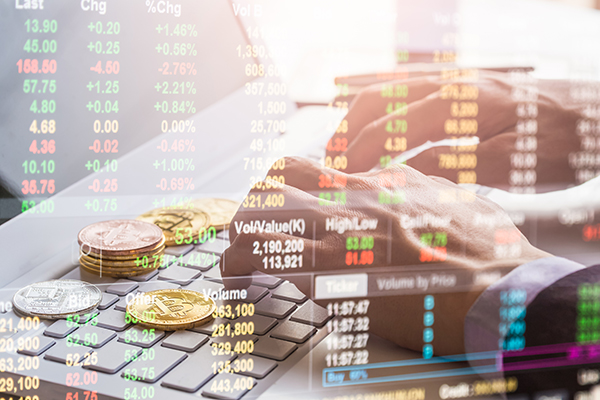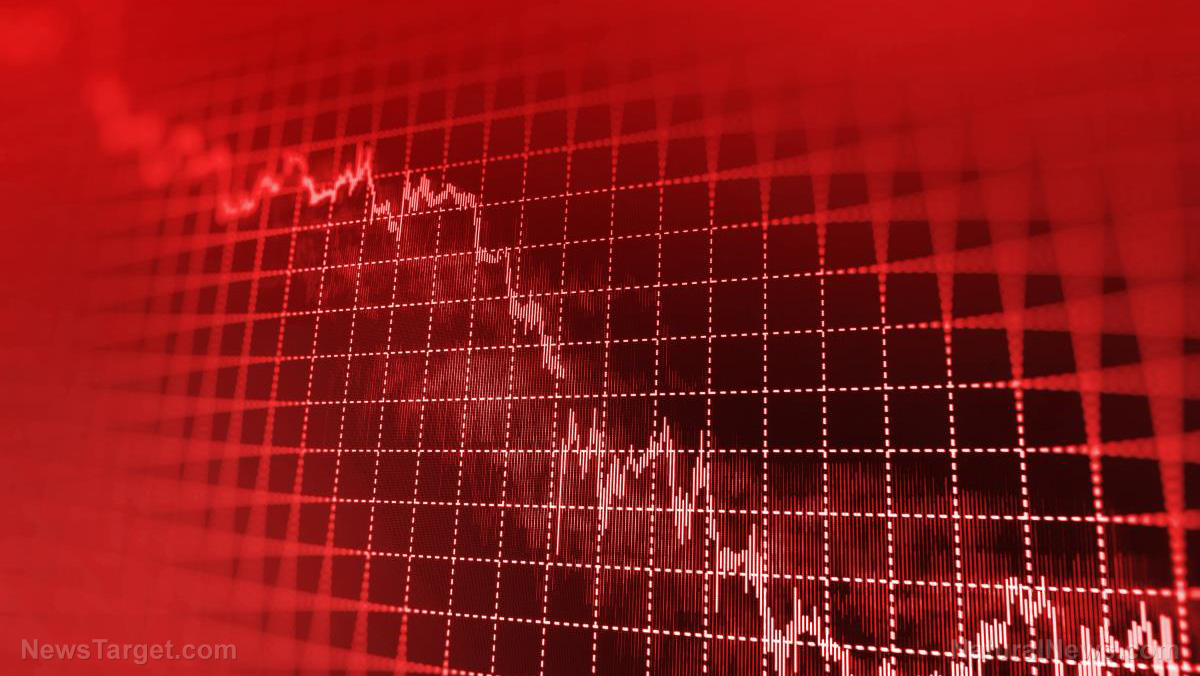Holiday shoppers shift focus to used goods amid shipping delays and shortages
11/30/2021 / By Matthew Davis

Holiday shoppers are trying to work around the global supply chain delays and shortages by turning to used goods.
Sellers told Insider that the secondhand economy is getting a boost from the supply chain crisis as more people are buying used goods from couches to holiday gifts.
“I’ve had people specifically say ‘we just moved here and there are six months delays for Pottery Barn, Restoration Hardware … and we just can’t wait that long to have a dresser,'” said Leslie Jarett, who sells flipped furniture on Facebook Marketplace. “Why wait three months to find my dresser when I could just go pick it up tomorrow?”
Shannon Jean, who sells purses on Poshmark and eBay, told Insider that supply chain backlogs have both hurt and benefited his resale business.
Jean said inventory is more difficult to come by due to the supply chain crisis, but he can now sell more bags at higher prices. On the flipside, he’s been able to sell more bags at higher prices, even if they’re damaged or blemished.
Customers, Jean noted, normally try to bargain over discounts. But now everyone just wants to know how fast he can ship it.
“Because I have them and the retailers don’t, my sales have really increased,” he said, adding that his business may hit $1 million in sales this year. “People are just like ‘oh my gosh, I can’t believe you have it.'”
In a recent survey by Mercari, three in four of the American adults polled said they expect to buy at least one secondhand item this holiday season.
Mixed performance for Black Friday shopping holiday
Black Friday has come to a close, and early reports show a mixed performance for the annual shopping holiday.
While the impact of the Wuhan coronavirus (COVID-19) pandemic dampened 2020 sales, this year’s Black Friday faced a number of unique hurdles of its own, including a national labor shortage, widespread supply chain constraints and the emergence of a new COVID-19 variant.
Black Friday reports show a drop in online sales, as in-store traffic rebounded from last year but failed to reach pre-pandemic levels. Online sales reached $8.9 billion, slightly below 2020 levels, according to Adobe Analytics. (Related: Is this the LAST Black Friday before America erupts into political and spiritual chaos?)
Though retailers made some gains – including in areas like in-store traffic and mobile sales – data shows the industry is still struggling to return to pre-pandemic levels.
The findings also indicate a shift in consumer spending patterns, such as starting shopping earlier in the season and taking advantage of newer services like buy-now-pay-later (BNPL).
Meanwhile, physical store traffic rose significantly from last year but was still well below pre-pandemic levels.
Adobe Digital Insights Director Taylor Schreiner said in a statement on Friday, Nov. 26: “Black Friday still remains a major online shopping day, but the surge in online shopping is coming from the less marketed days of the season. Physical store traffic rose, but failed to reach pre-pandemic levels.”
While some shoppers were met with traditional Black Friday scenes of lengthy lines and crowded malls, others reported sparsely populated and fairly quiet stores this year.
In-store traffic trending up
This mixed bag was also reflected in the traffic numbers. According to data from RetailNext, traffic at brick-and-mortar stores increased by 61 percent on Black Friday compared to 2020 levels. And while the boost is a marked improvement from last year, in-store traffic was still 27 percent below pre-pandemic rates in 2019.
Likewise, Sensormatic Solutions, a company that tracks physical store traffic, found that while there was a 48 percent gain over 2020, rates were still 28 percent lower than 2019.
“While in-store shopping is still not back to 2019 levels, more shoppers felt comfortable visiting stores in person this Black Friday than in 2020,” Brian Field, senior director of global retail consulting at Sensormatic Solutions, said in a press statement.
The sales are “another sign that consumers started to shift their spending to earlier in the season, responding to promotions and deals from retailers that started in October,” Adobe said.
BNPL services like Klarna and Afterpay have been on the rise, and in recent months several major retailers have opted to integrate the option into point-of-sales, both in-store and online.
The use of smartphone browsing also rose. Mobile shopping comprised 44.4 percent of online sales on Black Friday, an increase of 10.6 percent year-over-year, according to Adobe. However, a majority of consumers prefer to browse deals on their phone before making purchases on desktop, with smartphone visits accounting for 62.2 percent share compared to desktop – an increase of 2.2 percent from 2020.
While some pandemic-era shopping habits have fallen away, one remains popular: curbside pickup service. This happens when retailers allow customers to place an online order for pick up at a local store.
According to Adobe, curbside pickup services were used in 20 percent of online orders placed on Black Friday. For the month of November, curbside pickup services were up 78 percent from pre-pandemic levels in 2019.
Follow Bubble.news for more news and information related to the economy.
Sources include:
Tagged Under: Black Friday, Bubble, chaos, Collapse, consumers, Holidays, mobile sales, online shopping, pandemic, panic, products, risk, sales, store traffic, supply chain crisis
RECENT NEWS & ARTICLES
COPYRIGHT © 2017 BUBBLE NEWS


















